Scotch eggs are more than just a tasty snack; they hold rich history and cultural significance in British cuisine. Originating in the 18th century, these savory treats blend ground meat and eggs into a delicious package. Join me as we explore their intriguing past, essential ingredients, and how they’ve evolved over time. Whether you’re a curious foodie or a cooking novice, there’s much to uncover about Scotch eggs that will surprise you!
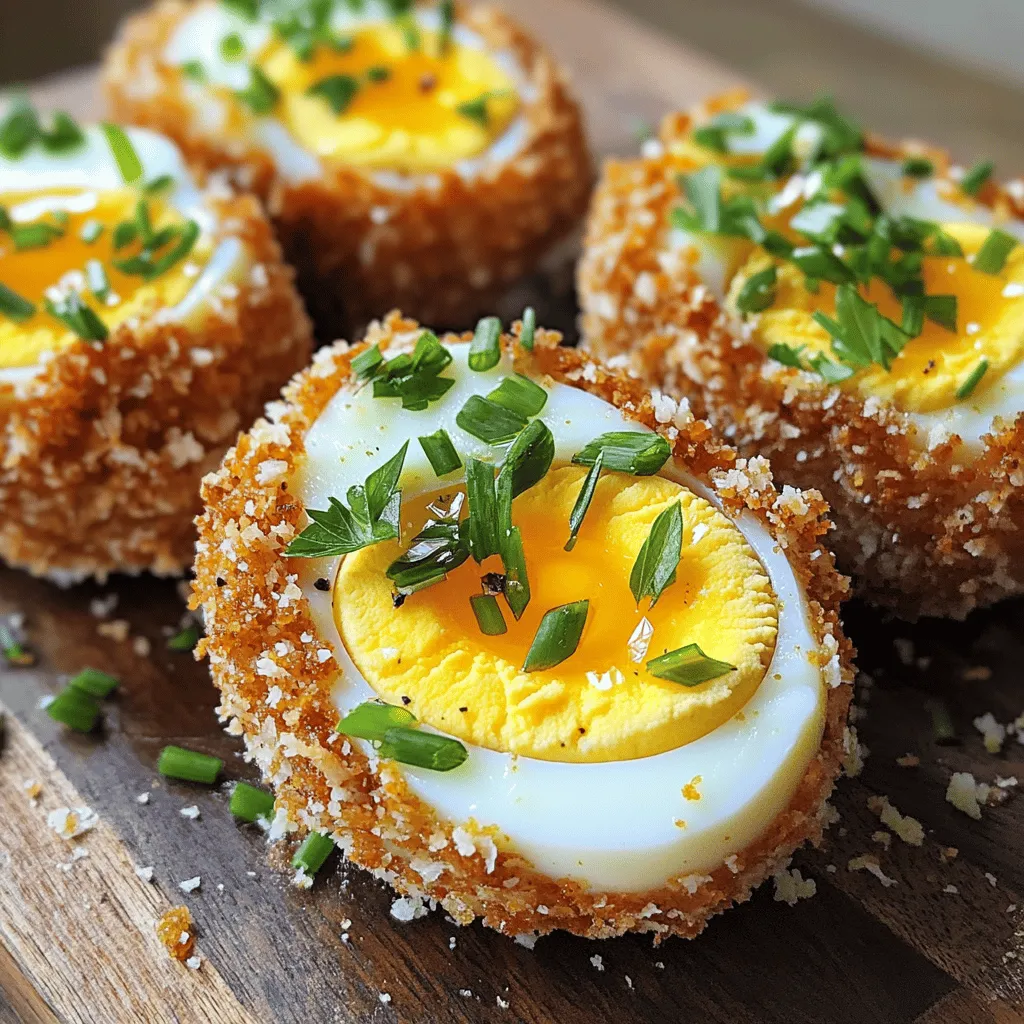
What is the history of Scotch Eggs and their cultural significance?
Scotch eggs have a rich history rooted in British cuisine. They likely began in the 18th century. Some say they first appeared in London. The recipe aimed to create a portable meal for travelers. This made them popular among those on the go.
The evolution of Scotch eggs shows how food can change over time. Originally, they used game meat. As time passed, people began using sausage meat. This shift made the dish more accessible for many. Today, you can find Scotch eggs made with various meats and even vegetarian options.
Scotch eggs hold a special place in British culture. They often appear at picnics, pubs, and celebrations. They symbolize comfort and tradition. Many people enjoy them with a side of mustard or a tangy sauce. This snack brings people together, making it a favorite for sharing.
In many ways, Scotch eggs are more than just food. They connect us to history and culture. They remind us of simpler times when meals were shared and enjoyed together.
What are the essential ingredients for a perfect Scotch Egg?
The key to a great Scotch egg lies in its ingredients. First, you need eggs. Four large eggs work best for this recipe. They become the heart of the dish. Next, you need about one pound of breakfast sausage. This gives the Scotch egg its rich flavor. You can also use ground meat if you prefer.
Breadcrumbs are vital too, especially panko. They add a nice crunch to the outside. Seasonings like thyme, smoked paprika, garlic powder, and onion powder are important. They bring depth to the flavor. Don’t forget salt and pepper to taste!
Some might add cheese to the sausage mix. A quarter cup of grated cheddar cheese adds extra creaminess. Fresh herbs like parsley or chives make a pretty garnish.
How do variations affect ingredients in different recipes?
Variations can change the ingredients quite a bit. In some recipes, you might find different types of meat, like lamb or beef. Others use veggie sausage for a meat-free option. Some people like to spice things up with curry powder or hot sauce in the sausage mix.
Each change brings new flavors. You can even swap out the breadcrumbs for crushed nuts or seeds for a gluten-free option. The base of the Scotch egg stays the same, but the flavors can vary wildly!
Are there alternative ingredients for dietary restrictions?
Yes, there are many alternatives! For a gluten-free version, use gluten-free breadcrumbs. If you’re vegan, you can use mashed chickpeas or tofu instead of eggs and meat. There are also plant-based sausage options available. These swaps allow more people to enjoy this classic dish.
By being creative with the ingredients, you can make Scotch eggs that fit many diets. Enjoy experimenting with these changes to find your favorite version!
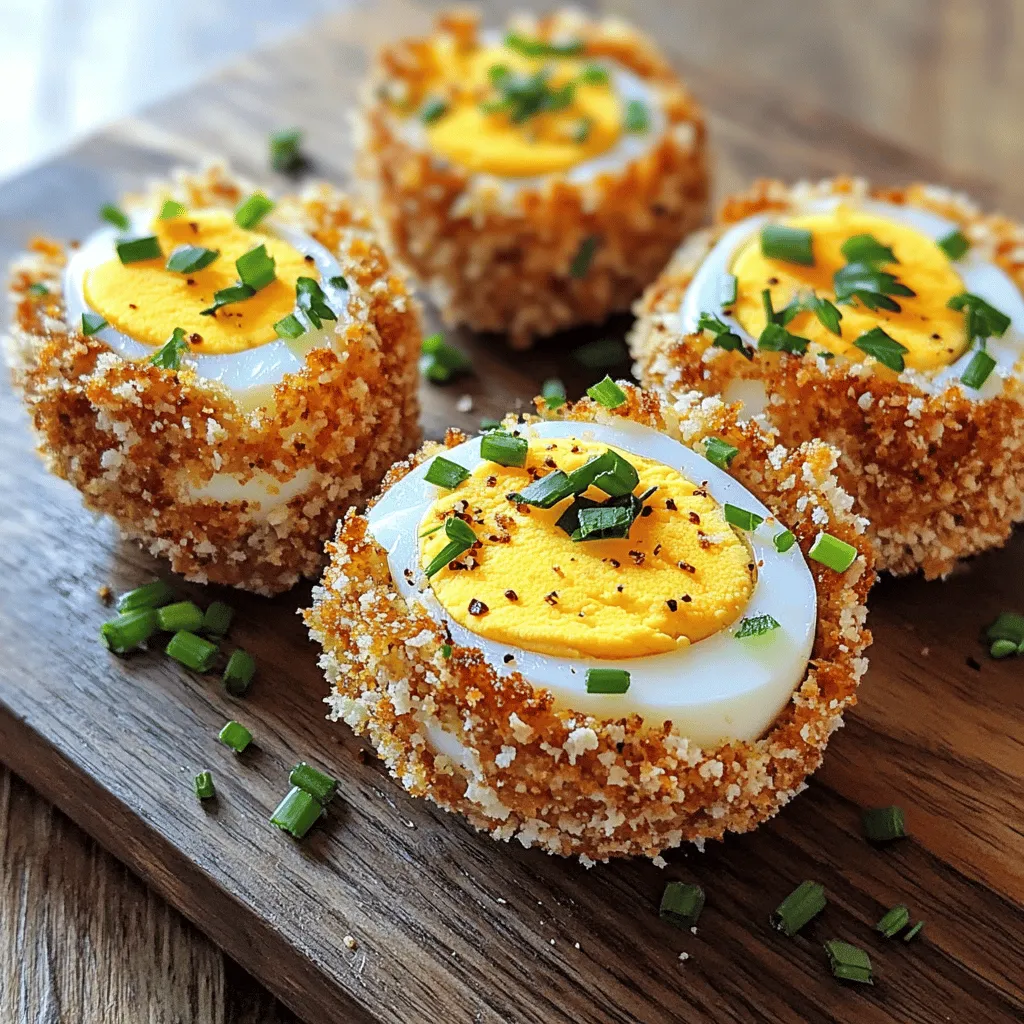
How do you make Scotch Eggs step-by-step?
To make Scotch Eggs, start with boiling the eggs. Place four large eggs in cold water. Bring the pot to a boil over medium heat. Once boiling, cover the pot. Lower the heat and simmer for 6-7 minutes for soft yolks.
Next, prepare an ice bath. Transfer the eggs to a bowl of cold water and ice for about five minutes. This helps stop the cooking and makes peeling easier.
Now, let’s prepare the sausage mixture. In a bowl, mix one pound of breakfast sausage with one teaspoon of dried thyme, smoked paprika, garlic powder, onion powder, salt, and pepper. For extra flavor, add ¼ cup of grated cheese if you like.
After that, peel the cooled eggs gently. Pat them dry with a paper towel. Take a portion of the sausage mixture, about the size of a golf ball. Flatten it in your palm. Place an egg in the center, then wrap it in the sausage. Roll it gently to cover it fully.
Next, coat the Scotch eggs in breadcrumbs. Use one cup of breadcrumbs, preferably panko for crunch. Roll each egg in the crumbs until evenly coated.
Now, heat oil in a deep skillet to 350°F (175°C). Carefully add the Scotch eggs to the hot oil. Fry them for 6-8 minutes until golden brown. Use a slotted spoon to remove them and drain on paper towels.
Finally, let the Scotch eggs cool slightly before slicing in half. Serve them warm and enjoy! This Scotch Eggs recipe is a tasty treat for any occasion.
What are some popular variations of Scotch Eggs?
Scotch eggs are not just one dish. They adapt well to many tastes. Traditional Scotch eggs use sausage meat and hard-boiled eggs. You can also find modern takes that mix different meats or spices.
What are some traditional and modern takes on Scotch Eggs?
Many enjoy Scotch eggs with pork sausage. Others prefer beef or lamb for a richer flavor. You can even find spicy variations that add hot sauce or chili flakes. Some chefs twist the recipe with herbs and spices, giving each bite a unique taste.
How do vegetarian options compare to the traditional recipe?
Vegetarian Scotch eggs offer a great option for non-meat eaters. They often use a mix of mashed potatoes, lentils, or chickpeas. These ingredients mimic the texture of meat while adding their own flavor. Some recipes also use plant-based sausage for a closer match to the traditional taste.
What are some unique flavor combinations to try?
If you want to experiment, think outside the box! You can add cheese, like feta or blue cheese, for a savory kick. Herbs like basil, dill, or cilantro can give your Scotch eggs a fresh twist. You might even try a sweet and spicy combination with maple syrup and cayenne pepper.
Scotch eggs are fun to make and share. Each variation can tell a story about your tastes.
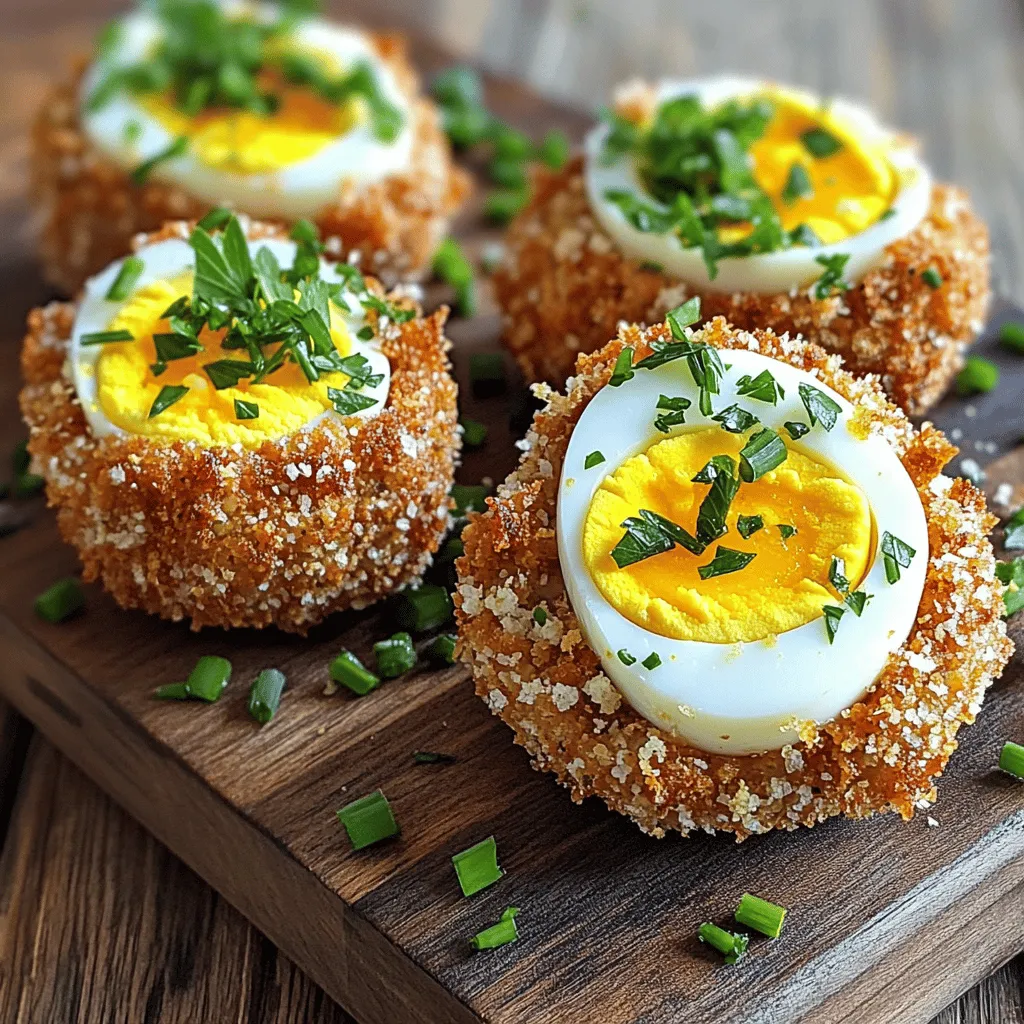
How can you serve and enjoy Scotch Eggs?
You can serve Scotch eggs in many fun ways. They are great as appetizers, snacks, or even meals. Here are some creative serving ideas for Scotch eggs.
What are some creative serving ideas for Scotch Eggs?
Scotch eggs shine when served warm, but they can also be enjoyed cold. You can slice them in half and display the beautiful yolk. Serve them on a platter with colorful greens. This adds a nice touch and makes them look fancy. You can also serve them with a side of pickled vegetables. This adds a nice tangy flavor that complements the rich egg and sausage. For a fun twist, try serving them on skewers for easy eating at parties.
Which dipping sauces compliment Scotch Eggs best?
Dipping sauces can elevate your Scotch eggs. A classic choice is mustard. It offers a nice sharpness that pairs well. You might also enjoy a tangy aioli or spicy mayo. These add creaminess and a kick to each bite. If you want something unique, try a sweet chili sauce. This adds a sweet and spicy contrast that is very tasty. You can even mix a yogurt sauce with herbs for a fresh flavor.
How can Scotch Eggs be featured in party or picnic menus?
Scotch eggs make great party snacks. They are easy to prepare, and everyone loves them. Serve them as finger food at picnics or gatherings. You can pre-cut them for easy serving. Pair them with a variety of dipping sauces to please all tastes. For a fun touch, create a Scotch egg bar. Let guests choose their favorite sauces and sides. You can also add salads or fresh bread to round out the meal.
What cooking tips and tricks ensure the best Scotch Eggs?
To make the best Scotch eggs, focus on texture and flavor. First, boil the eggs just right. I suggest cooking them for 6-7 minutes for a nice, soft yolk. Then, place them in an ice bath. This stops the cooking and makes peeling easy.
When it comes to the sausage mixture, use good quality meat. I often mix in spices like thyme, smoked paprika, garlic powder, and onion powder. These add depth to the flavor. If you want to elevate your Scotch eggs, consider adding cheese to the sausage mix. It gives a rich taste.
Next, shaping is key. Make sure to cover the egg completely with sausage. This ensures that each bite has a good balance of meat and egg. Roll the coated eggs in breadcrumbs for a crunchy finish. Panko breadcrumbs work best for extra crunch.
For cooking, heat oil to 350°F (175°C). Fry the eggs until they turn golden brown. This usually takes about 6-8 minutes. If you fry in batches, keep the oil temperature steady for even cooking.
How can Scotch Eggs be prepped in advance for convenience?
You can prep Scotch eggs ahead of time. Start by boiling and cooling the eggs. When cooled, wrap them in sausage and coat them in breadcrumbs. Place them on a tray and cover with plastic wrap. You can keep them in the fridge for a day before frying.
This makes for a quick meal option. Just heat oil and fry when you’re ready to eat. They also freeze well. If you freeze them, fry from frozen, but add a few extra minutes to the cooking time.
What are the best practices for storing and reheating Scotch Eggs?
To store Scotch eggs, place them in an airtight container. They last in the fridge for up to 3 days. When reheating, use an oven for the best results. Preheat to 350°F (175°C) and warm for about 10-15 minutes.
If you want to keep them crispy, avoid using a microwave. The oven helps restore that crunchy texture. Enjoy your Scotch eggs warm, with a side of your favorite dipping sauce.
Scotch Eggs have a rich history in British cuisine, rooted in tradition and culture. We explored their evolution, essential ingredients, and how to make them step by step. Variations add exciting twists, catering to different tastes and dietary needs. Serving ideas and cooking tips can enhance your dish, making it perfect for any occasion. As you enjoy this classic food, remember that each bite carries stories from the past. Embrace the flavors and share them with friends and family for a truly memorable experience.





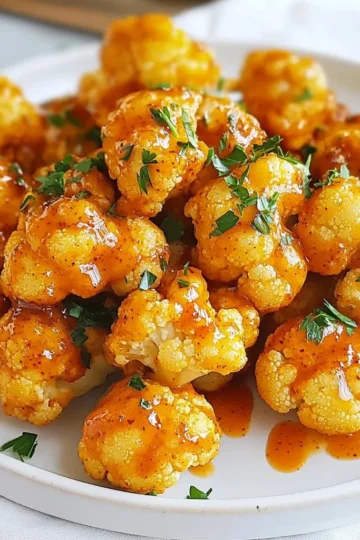
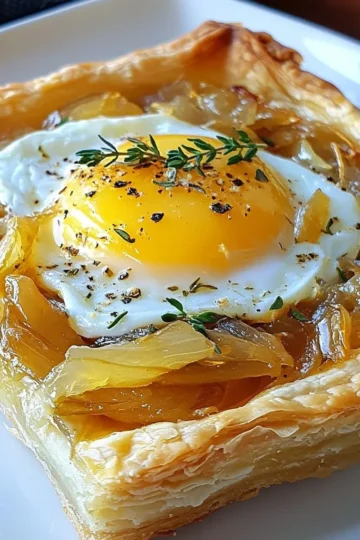
Leave a Reply